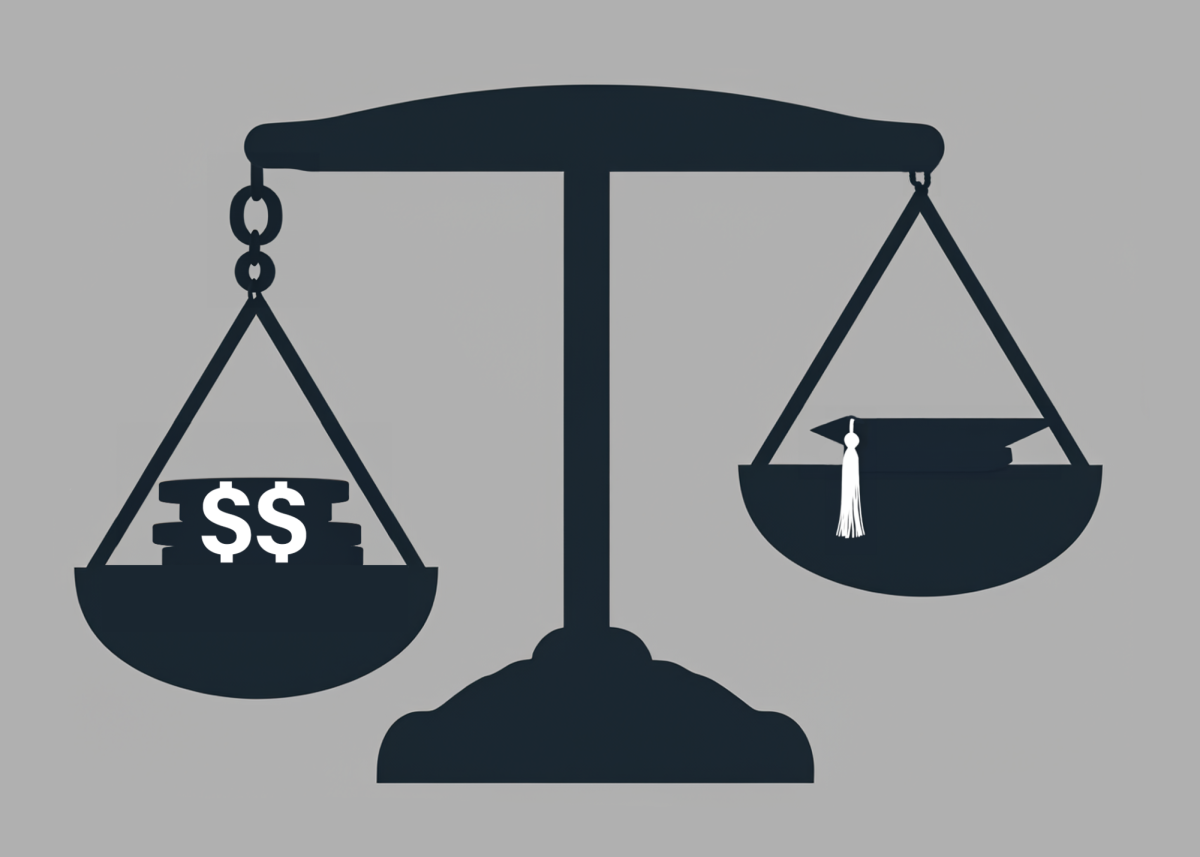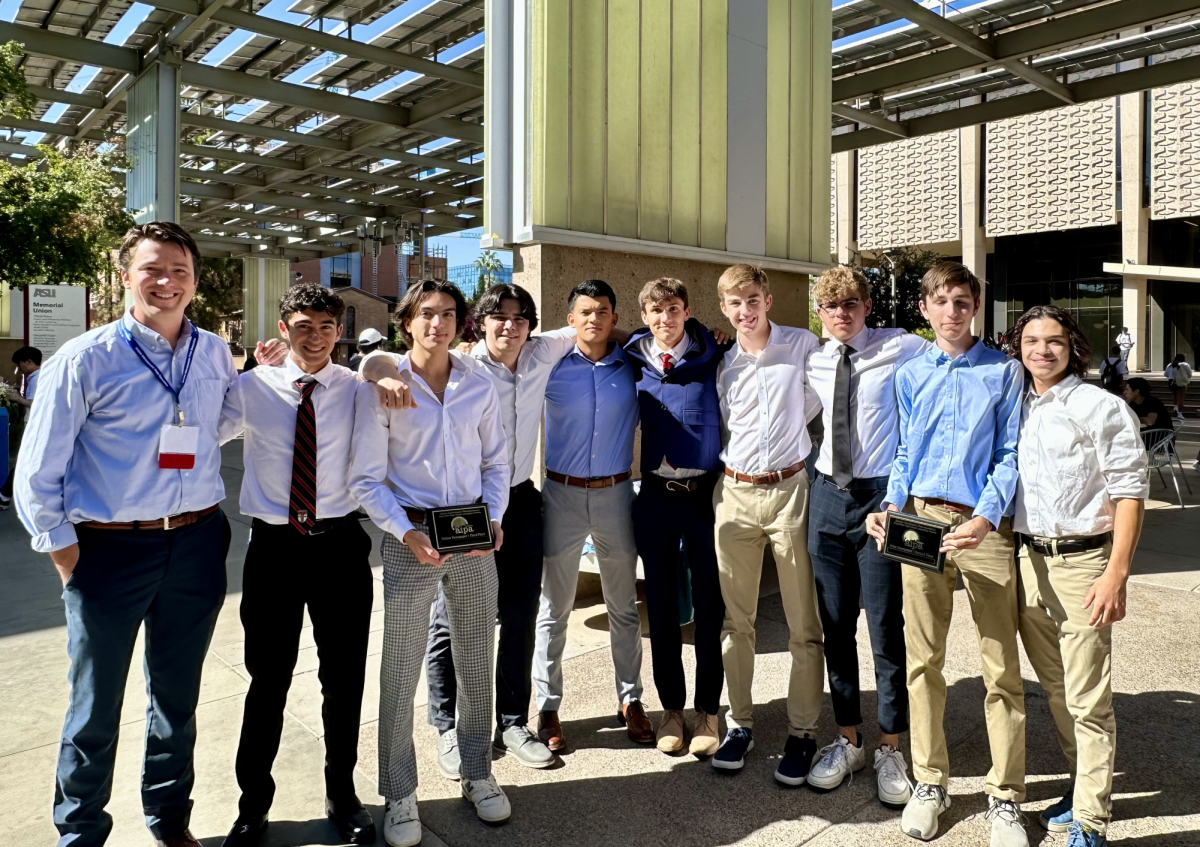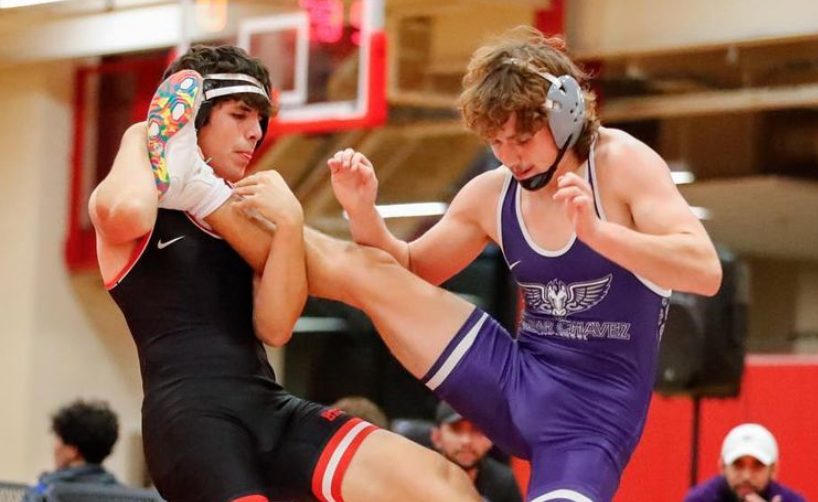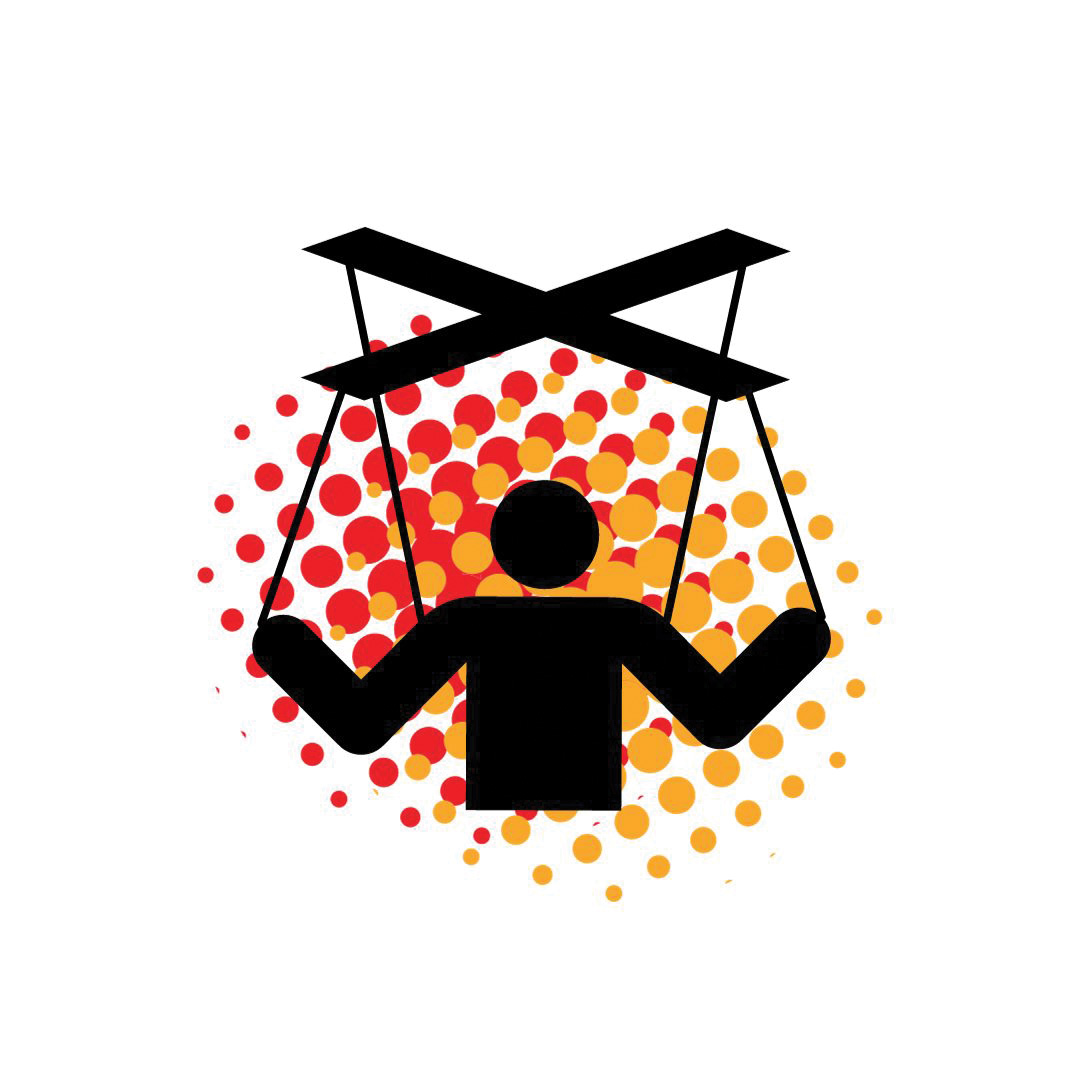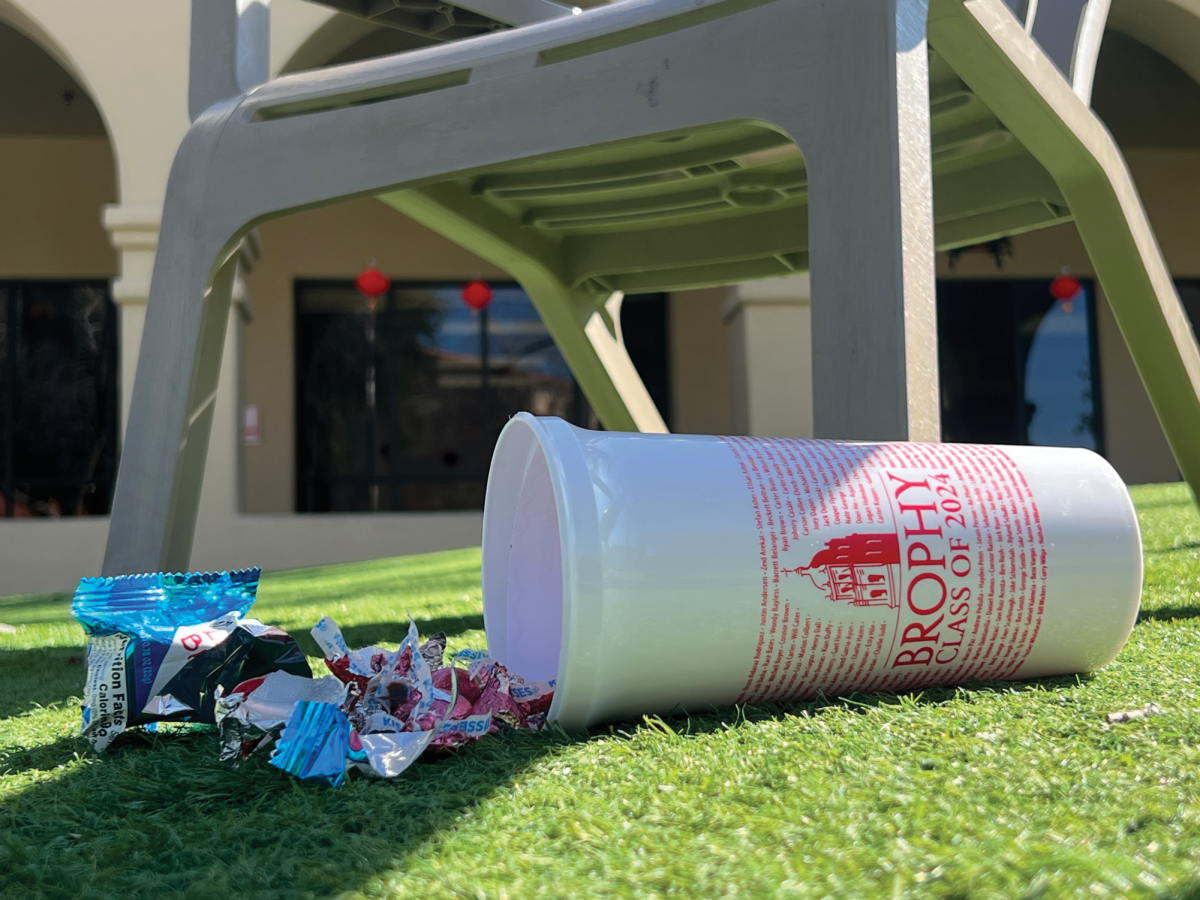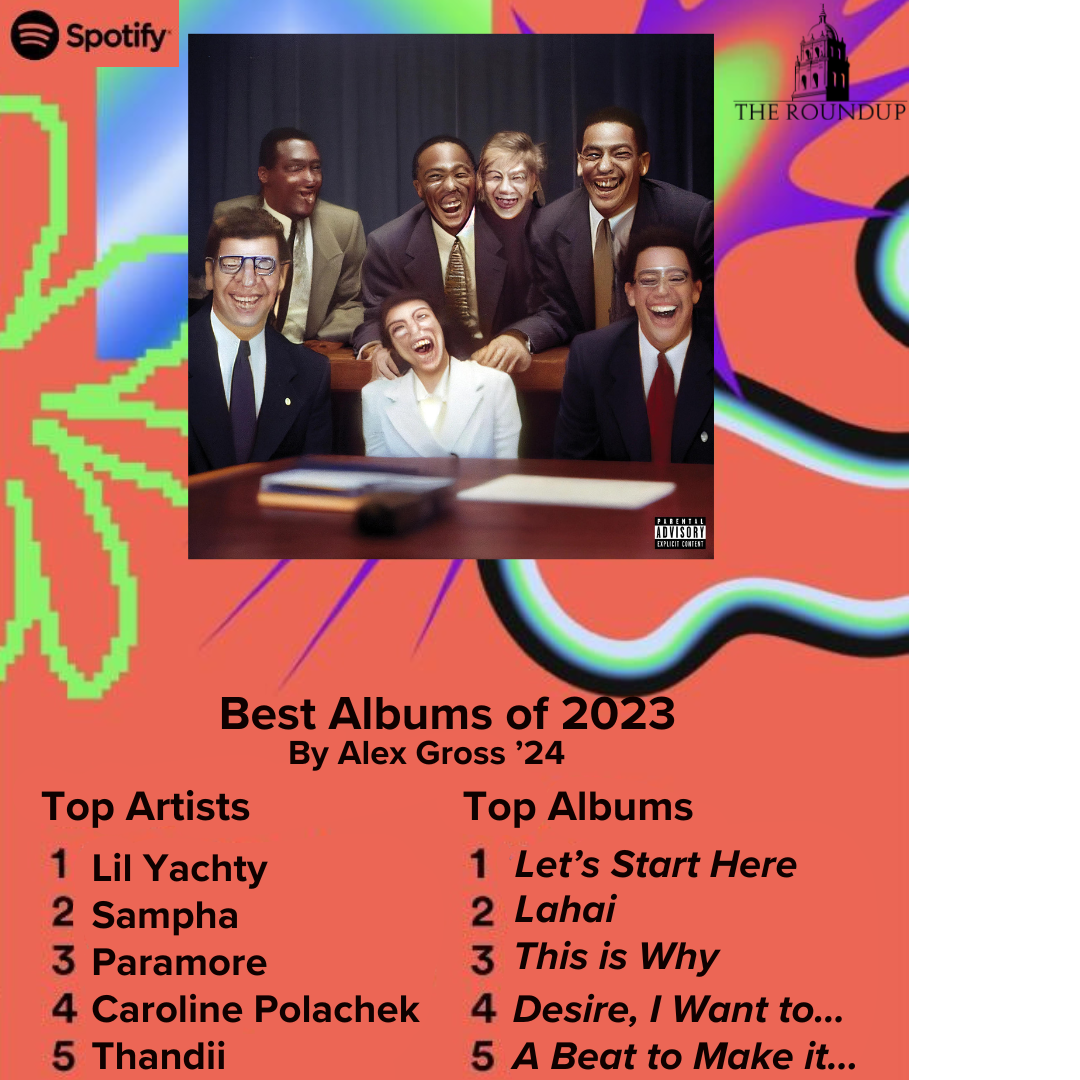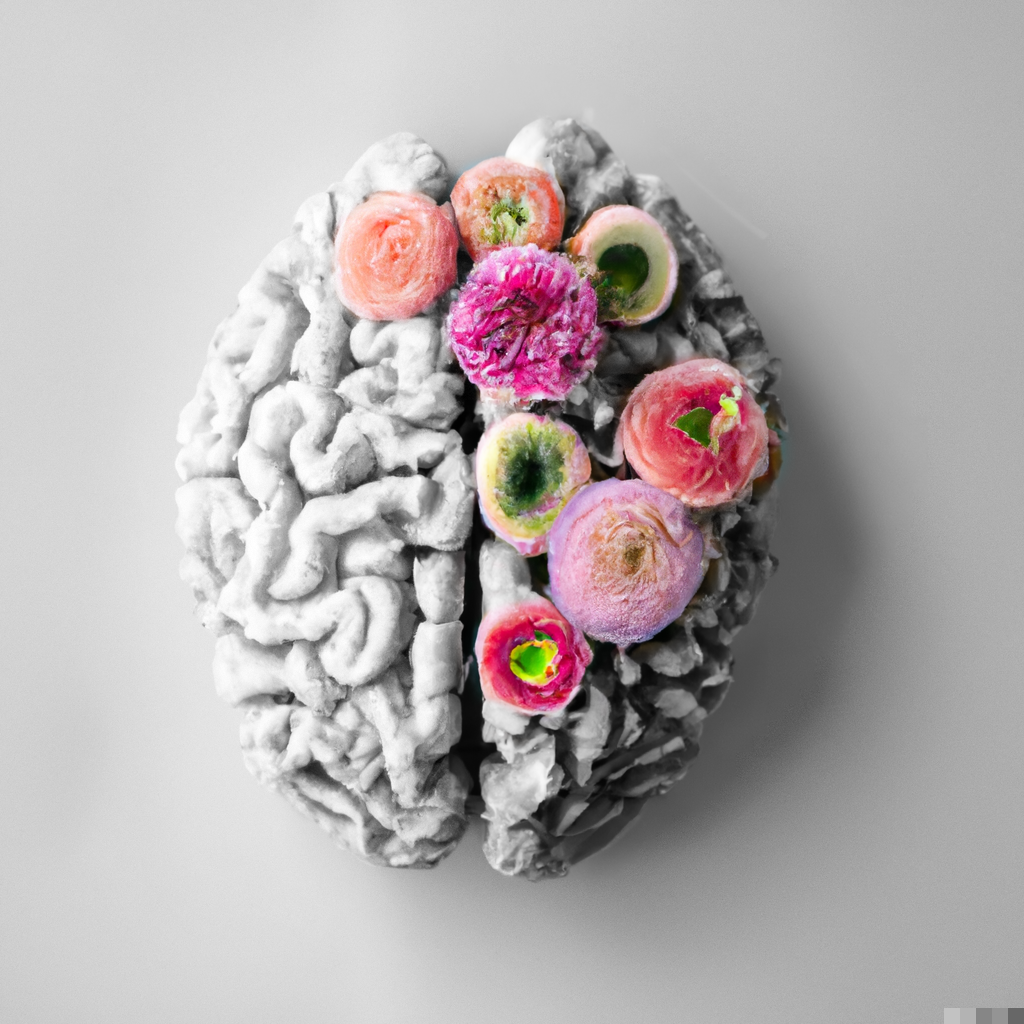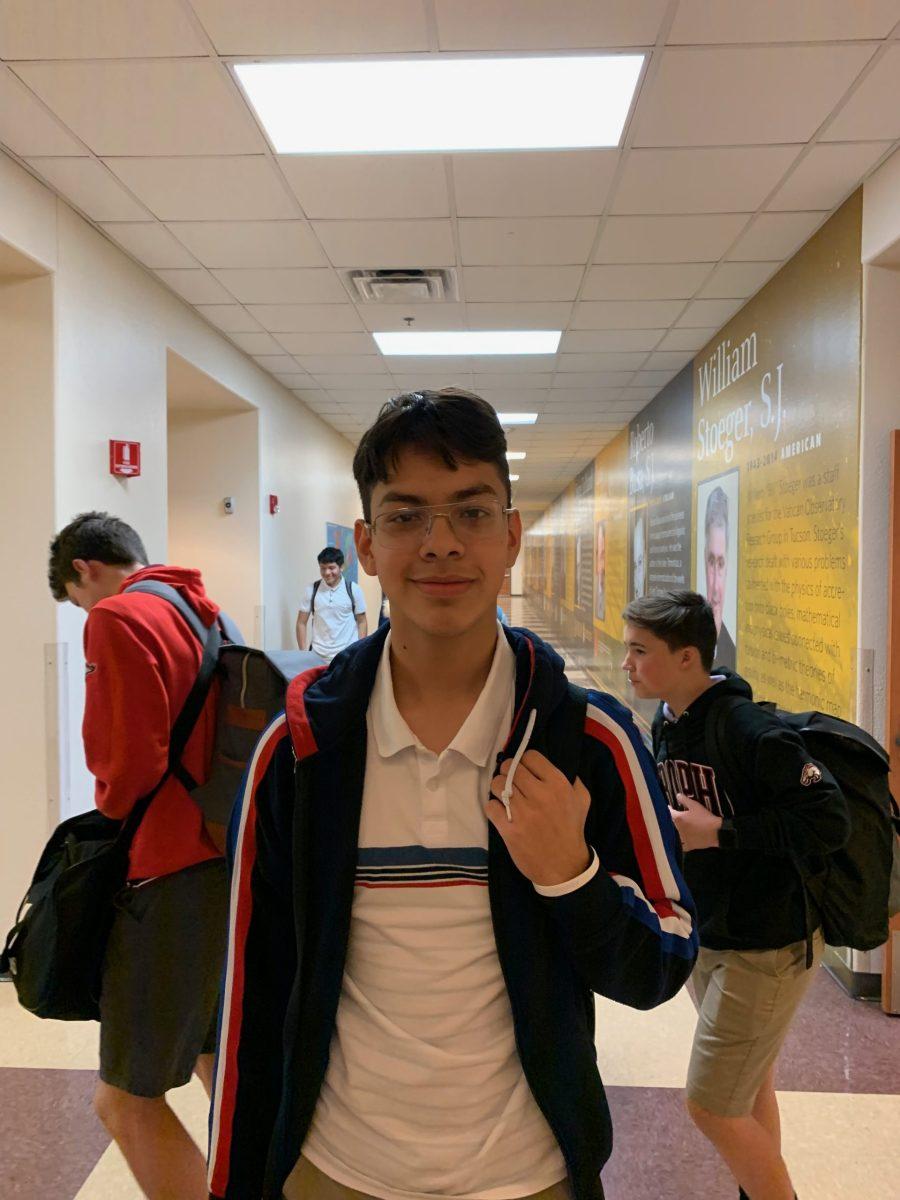By Nathan Wise ’21
THE ROUNDUP
COVID-19 has affected racial minorities disproportionately, revealing the flaws in the healthcare system and the inequalities that exist in America; a reality that is attested by Brophy students of color, whose family-style and upbringing increase their vulnerability to the pandemic.
According to the Centers of Disease Control and Prevention, as of Feb. 18, “American Indian or Alaska Native” people have a hospitalization rate 3.7 times that of non-Hispanic white people for COVID-19. Comparatively, hospitalization rates among Hispanic or Latino persons are 3.2 times higher, while non-Hispanic Black or African American people are 2.9 times the rate of non-Hispanic white people.
The CDC lists “some of the many inequities in social determinants of health” as reasons why racial and ethnic minorities are more vulnerable to the virus. Discrimination, healthcare access and utilization, occupation, education/income/wealth gaps, and housing are the factors that placed minorities at heightened risk of contracting the virus.
As of March 2, non-Hispanic white people have received 64.9% of the vaccinations (at least one or more dose) distributed in the United States. The next closest racial group is Hispanic or Latino persons, who have received 8.5% of vaccinations. Non-Hispanic Black people have been given 6.7% of vaccinations, while “American Indian or Alaska Native” people have received 1.7%.
This reality does not escape the boundaries of the Brophy community, where many students of color come from backgrounds that place them at heightened risk of contracting the virus and spreading it to their families.
“We know that the virus has disproportionately affected communities of color. I think particularly that we’ve seen that with our Latinx community here at Brophy,” said Mr. Jonathan Londoño ’10, Coordinator of the Office of Equity and Inclusion.
“Racial categories play a big role in who COVID affects the most,” said Jonathan Phan ’22, one of the leaders of the Brophy Culture Project.
The Brophy Culture Project “seeks to share stories of student’s heritage and allow diversity to have a greater presence on campus.” In October 2020, the Brophy Culture Project hosted a virtual event that brought students together to reflect on the pandemic and how the virus has affected them and their families.
“Even from data just at Brophy…[students of color] were three times more likely to be staying at home than their white counterparts, and so we just wanted to dissect that and ask why is that happening,” Phan said. “It’s obviously a reproduction of medical racism and systemic racism that permeates every single industry in our country right now.”
As the statistics suggest, people of color are disproportionately affected by the virus. Kyle Tran ’21, another leader of the Brophy Culture Project, wanted this to be acknowledged at the October event.
“This isn’t something far off, this is something here at home and something that people are being affected [by], right at Brophy,” Tran said.
Phan and Tran, two students of color, can speak directly to the statistics that were shared at the event. They are living through that reality right now.
Phan’s father contracted the virus from a client, who Phan said, was not wearing a mask. This was particularly complicated because of Phan’s family structure.
“It was very stressful because I also live in an intergenerational household, so my grandparents live with us––they’re in contact,” Phan said.
Phan and his father both contracted the virus, but both had mild cases and were not hospitalized. After quarantining from the rest of his family, no one else in his house contracted the virus. But it was a reminder to Phan and the rest of his family that they have to be “extremely safe” because both of Jonathan’s parents work full-time.
This wasn’t the only time COVID-19 affected his family. Phan said his uncle’s entire family died from the virus, a fatal result of the virus that otherwise had an innocuous outcome on his immediate family.
Phan, who is Vietmanese, also mentioned the large surge in discrimination against Asian Americans, something he can speak to on personal experience.
“I’ve gotten personal comments from people, whether that be online whenever I post anything or even just some well-intentioned but still misguided questions,” Phan said.
Tran’s family structure also places him at heightened risk of contracting the virus. He lives in a separated household with his mother, a healthcare worker, and his father, who is vulnerable because of preexisting lung conditions.
“It’s been a game of keepaway to be as safe as possible,” Tran said.
Back in November, Tran’s mother contracted the virus, the same week that Tran worked at the Open House. Tran did not show any symptoms, but there was still the possibility that he was asymptomatic and could have passed it to his father when he saw him.
Fortunately, Tran did not have the virus. But similarly to Phan, this situation highlighted the complex and stressful reality that he and his family are navigating through a global pandemic.


